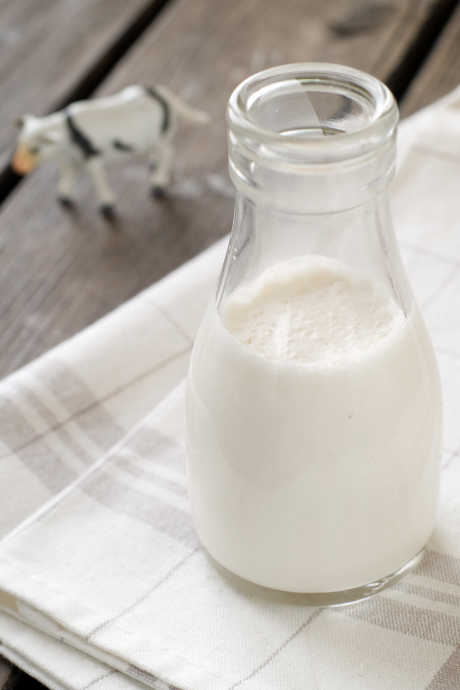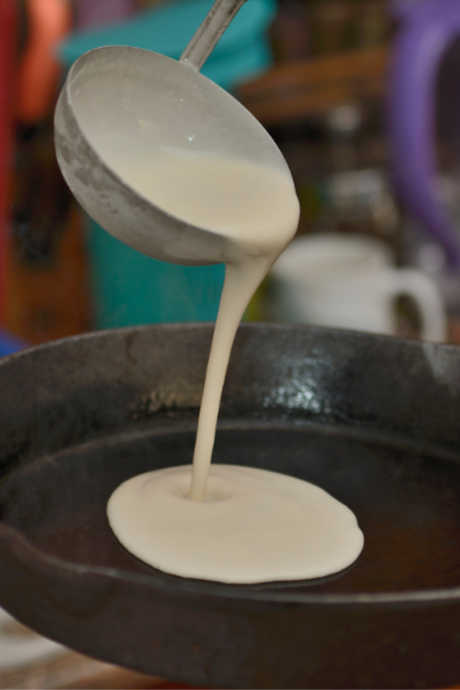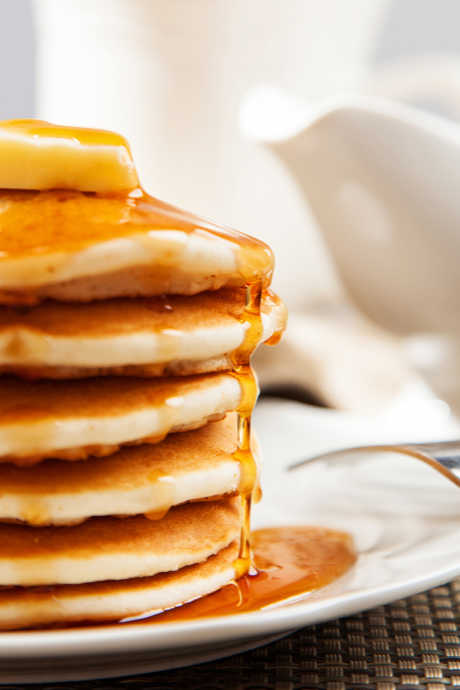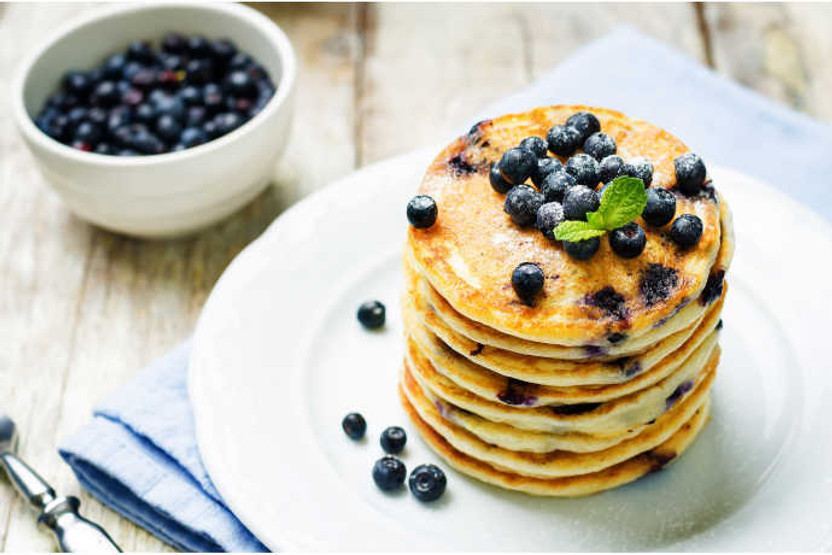Do’s and Don’ts for Perfect Pancakes
Posted by Julie on Apr 3rd 2020
Some of the best meals are the simplest, and breakfast is no exception. A hot breakfast doesn’t have to be complicated or elaborate. If you make them right, pancakes can be a real treat. We’ve gathered all the smart tips we could find to help your pancakes turn out perfectly. Follow these pancake do’s and don’ts the next time you whip up a batch.
Do: Use the Right Ingredients
We always recommend following a recipe to the letter, especially where it comes to the ingredients. Making pancakes from scratch doesn’t require many ingredients, but be sure you get them right. In particular, check the age of your baking soda, which acts as a leavener to help your pancakes rise as they cook. Baking soda that’s more than six months old won’t be as effective, and your pancakes will be flat.

Buttermilk pancakes are a classic, and there’s no substitute for real buttermilk. We know you can whisk milk with lemon juice or vinegar to approximate buttermilk. The acid in lemon juice or vinegar acts as a leavener in tandem with the baking soda. But buttermilk also adds flavor to your pancakes, especially since most recipes include a cup or more. If the recipe calls for buttermilk, use buttermilk.
Do: Mix Wet and Dry Ingredients Separately
The process for mixing pancake ingredients may seem fussy, but there’s a good reason for it. The key to light, fluffy pancakes is minimal gluten development. That means you’ll want to mix the batter as little as possible for the best results. How can you fully mix all of your ingredients while mixing them as little as possible? By keeping wet ingredients and dry ingredients separate until absolutely necessary.
Start with room temperature ingredients, both wet and dry. Mix each of them thoroughly in separate bowls. Make a well in the center of the bowl of dry ingredients, and carefully pour the wet ingredients into that well. Then gently stir the dry ingredients into the wet ingredients. Stop stirring when the dry ingredients are moist, but there are still lumps.
Finally, let the batter rest for five to ten minutes. Not only will this time allow those lumps to absorb more moisture, any gluten you’ve developed by stirring will relax too.
Don’t: Mix Your Mix-Ins Into the Batter
While you’re gently mixing, don’t add any mix-ins like blueberries or chocolate chips. Wait to add these until you’ve poured the batter into your cooking pan or onto your griddle. Because mix-ins are heavy, they will sink to the bottom of your bowl of batter, and they’ll be unevenly distributed in your pancakes. If you sprinkle them on top of your batter circles, you’ll get a better ratio of flavors.
Don’t: Fry Your Pancakes
Heat up your pan or griddle before adding any fat. Then use a light touch when you do add fat, whether it’s oil or butter. Try using a paper towel to grease the surface with oil, or rub a cold stick of butter over the hot pan. Either approach will give you enough fat for cooking without overloading your pancakes. If you do use butter, wipe the cooking surface between batches to remove the burnt bits of milk solids.
Do: Use the Right Tools and Technique
You can use a skillet to make pancakes, but when it comes time to flip them, you may wish you were using a griddle. The advantage of a griddle is the absence of high sides, which can get in the way when flipping. A double-burner griddle also offers more surface area, so you can cook bigger batches of pancakes at once.
We recommend using a measuring cup, a ladle, or a large scoop to transfer batter from your bowl to your cooking surface. This approach will keep your pancakes all the same size, which means they will cook more evenly in larger batches. You don’t need a special pancake batter dispenser.

Watch each circle of batter and monitor the formation of bubbles as your pancakes cook. Sources disagree on the right time to flip: Some say flip before the bubbles pop, some say flip when the bubbles pop, and some even say to wait until the bubbles pop and the holes don’t fill up with batter again. We say this disagreement is a good reason to make a test pancake or two. See what sort of timing yields pancakes you like best.
When it’s time to flip, refer to this helpful guidance from Bon Appetit:
“Slide a thin spatula (we like to use fish spatulas) under your pancake, lift about three inches, and then briskly turn your wrist. Your pancake will land right where you picked it up, no smear in sight.”
Do: Serve Your Pancakes Hot
Pancakes make it difficult for everyone to eat at once, because they’re at their best right after they cook. Plan to serve them right away; don’t stack them unless they’re on someone’s plate. Stacking traps the steam, which can make your pancakes soggy.
Finally, to help keep your pancakes hot and delicious as you eat, warm up your plates, butter, and syrup before serving. To make your breakfast extra special, spring for real maple syrup.
Pancake Recipe Comparisons and Recommendations
Ready to get cooking? We’ve got plenty of recipe recommendations for you to choose from.

Similar to their experiment with brownies, The Kitchn tested and compared eight pancake recipes from a variety of credible sources (though we might question one of them). While results are dependent on your personal preference, we like how they evaluated contenders in four different categories: basic buttermilk pancakes, old-fashioned pancakes, diner-style pancakes, and the separated-egg technique. Pick and choose among your favorite categories, or go straight for the winning recipe. (Spoiler alert: It’s from Serious Eats, one of our go-to sources.)
We also recommend this recipe from Mark Bittman in the Cooking section of the New York Times. It’s quick and simple, making it ideal for weekday mornings and leisurely weekends alike.
Finally, because King Arthur Flour came in second place in The Kitchn’s comparison, we’re offering them a consolation spot here with their recipe for blueberry pancakes. The only change we’d suggest is to add the wet ingredients to the dry ones, instead of the other way around.
 Free shipping over $49
Free shipping over $49










